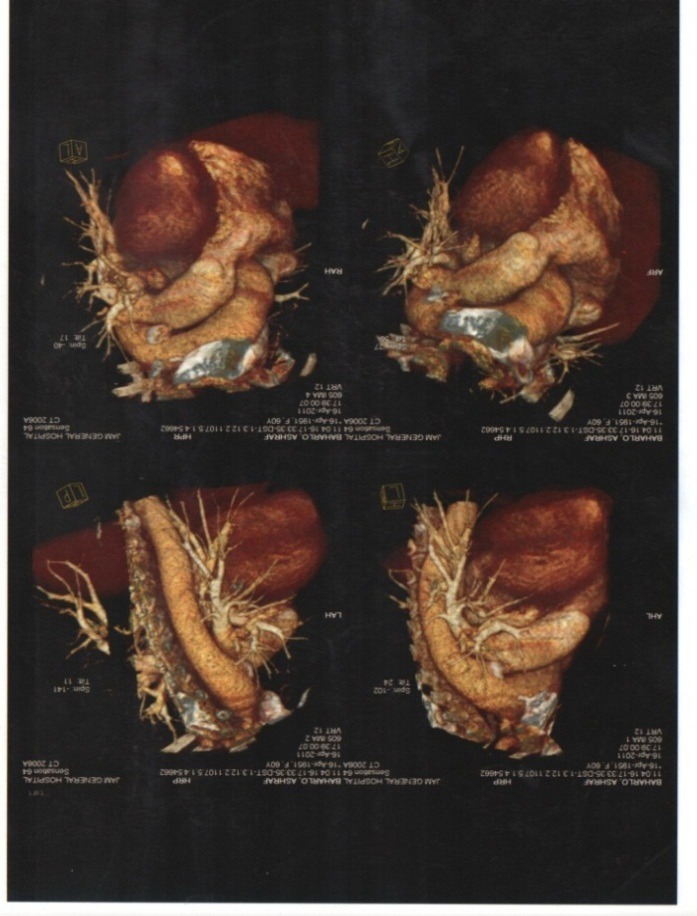Patent ductus arteriosus CT
|
Patent Ductus Arteriosus Microchapters |
|
Differentiating Patent Ductus Arteriosus from other Diseases |
|---|
|
Diagnosis |
|
Treatment |
|
Medical Therapy |
|
Case Studies |
|
Patent ductus arteriosus CT On the Web |
|
American Roentgen Ray Society Images of Patent ductus arteriosus CT |
|
Risk calculators and risk factors for Patent ductus arteriosus CT |
Editor-In-Chief: C. Michael Gibson, M.S., M.D. [1]; Associate Editor-In-Chief: Priyamvada Singh, M.B.B.S. [2], Cafer Zorkun, M.D., Ph.D. [3],Ramyar Ghandriz MD[4] Assistant Editor-In-Chief: Kristin Feeney, B.S. [5]
Overview
Computed tomography can be helpful as a diagnostic tool in conditions where the echocardiographic findings are inconclusive.
CT
Computed tomography (CT) can be used as a diagnostic modality in congenital heart diseases. [1] [2] [3]
Advantages
- Provides additional anatomic details compared to echocardiography.
- It is done faster compared to MRI, thus avoiding the need for anesthesia in small children.
Disadvantages


References
- ↑ Goitein, Orly; Fuhrman, Carl R.; Lacomis, Joan M. (2005). "Incidental Finding on MDCT of Patent Ductus Arteriosus: Use of CT and MRI to Assess Clinical Importance". American Journal of Roentgenology. 184 (6): 1924–1931. doi:10.2214/ajr.184.6.01841924. ISSN 0361-803X.
- ↑ Mak, MS; Ong, CC; Tay, EL; Teo, LL (2014). "Clinics in diagnostic imaging (155)". Singapore Medical Journal. 55 (09): 462–467. doi:10.11622/smedj.2014113. ISSN 0037-5675.
- ↑ Armand, Sandbad (2014). "Comparison of diagnostic accuracy of dual-source CT and conventional angiography in detecting congenital heart diseases". Polish Journal of Radiology. 79: 164–168. doi:10.12659/PJR.890732. ISSN 0137-7183.
- ↑ "Successful Stent Graft Insertion for Endovascular Aneurysm Repair and Closure of Patent Ductus Arteriosus in an Adult Patient".
- ↑ "A rare presentation of patent ductus arteriosus in an adult patient with normal pulmonary hypertension and limb edema".